Programmatic SEO in 2023: A Step-by-Step Guide
Have you ever heard of programmatic SEO? If not, you’re not alone. Many people are unaware of this powerful technique, which allows you to optimize your website’s search engine rankings in a more automated and efficient way. In this step-by-step guide, we’ll walk you through the process of “breaking the matrix” with programmatic SEO using the example of stagetimer.io.
#Step 1: Choose a Keyword
The first step in programmatic SEO is to choose a keyword or phrase that you want to optimize your website for. This will depend on the content of your website and the audience you are trying to reach.
In our example we have a countdown timer called Stagetimer. So we’ll choose the keywords “30 minute timer” or “1 hour timer” as these are phrases that people use when searching for a timer online. By optimizing our website for these keywords, we increase the chances that it will show up in search results when someone searches for these terms.
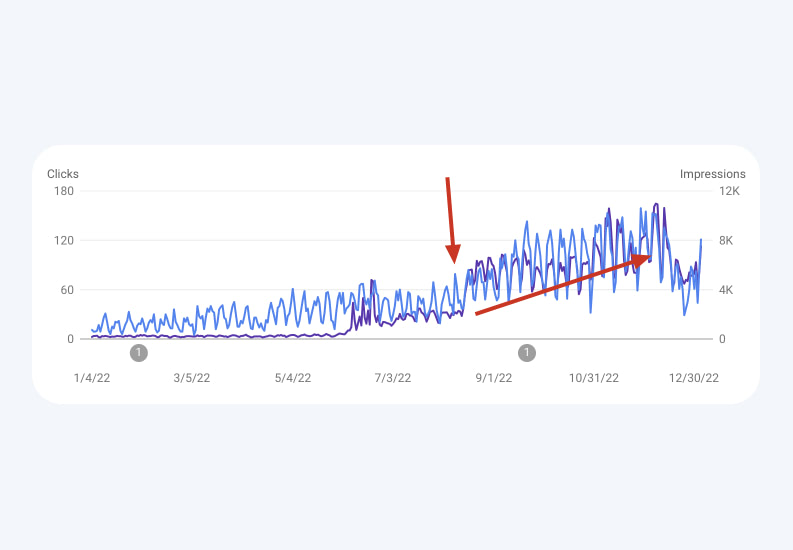
#Step 2: Recognize the Challenges
Before you start optimizing your website for a particular keyword, it’s important to recognize any challenges you might face. In the case of the “30 minute timer” keyword, there are a few challenges to consider:
- It’s not a long-tail keyword: Long-tail keywords are more specific and less competitive, so they are easier to optimize for. “30 minute timer” is a relatively short and broad keyword, which means there is more competition for it.
- There’s strong competition: There are already a lot of websites ranking highly for the keyword we’ve chosen, it will be harder for us to break into the top search results.
- Google has their own tool for it: Google has its own timer tool, which appears at the top of search results for keywords like “30 minute timer.” This means that it will be hard for us to compete for these keywords.
Despite these challenges, it’s still possible to succeed with programmatic SEO. As you’ll see in the following steps. In our case it worked out, in spite of these challenges.
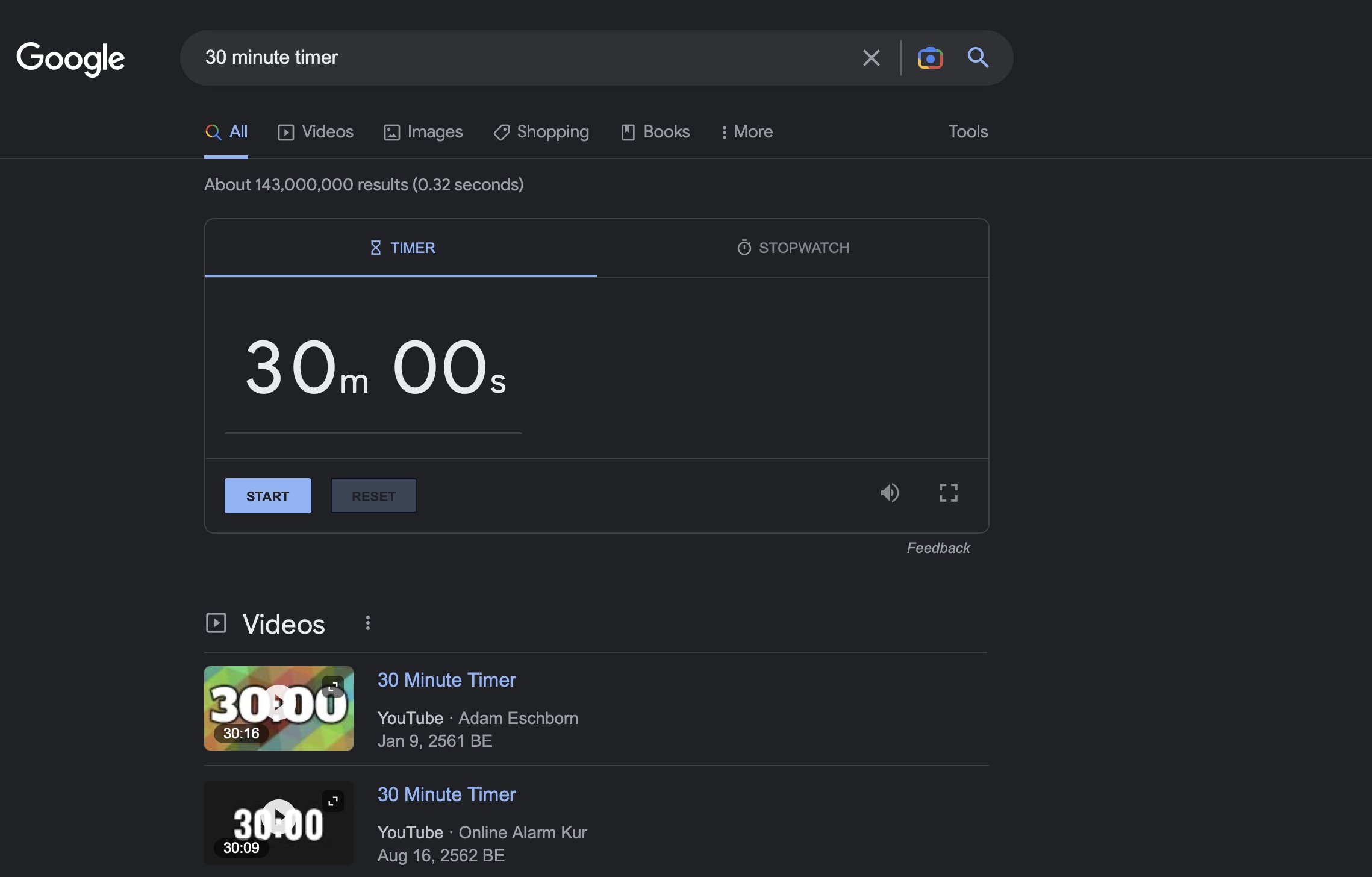
#Step 3: Design the URL
It’s important for programmatic SEO to include your keyword in the URL!
For example, the URL for the “30 minute timer” page on the Stagetimer website is http://stagetimer.io/go/30-minutes/. This helps search engines understand what the page is about and makes it more likely to show up in search results for the this keyword.
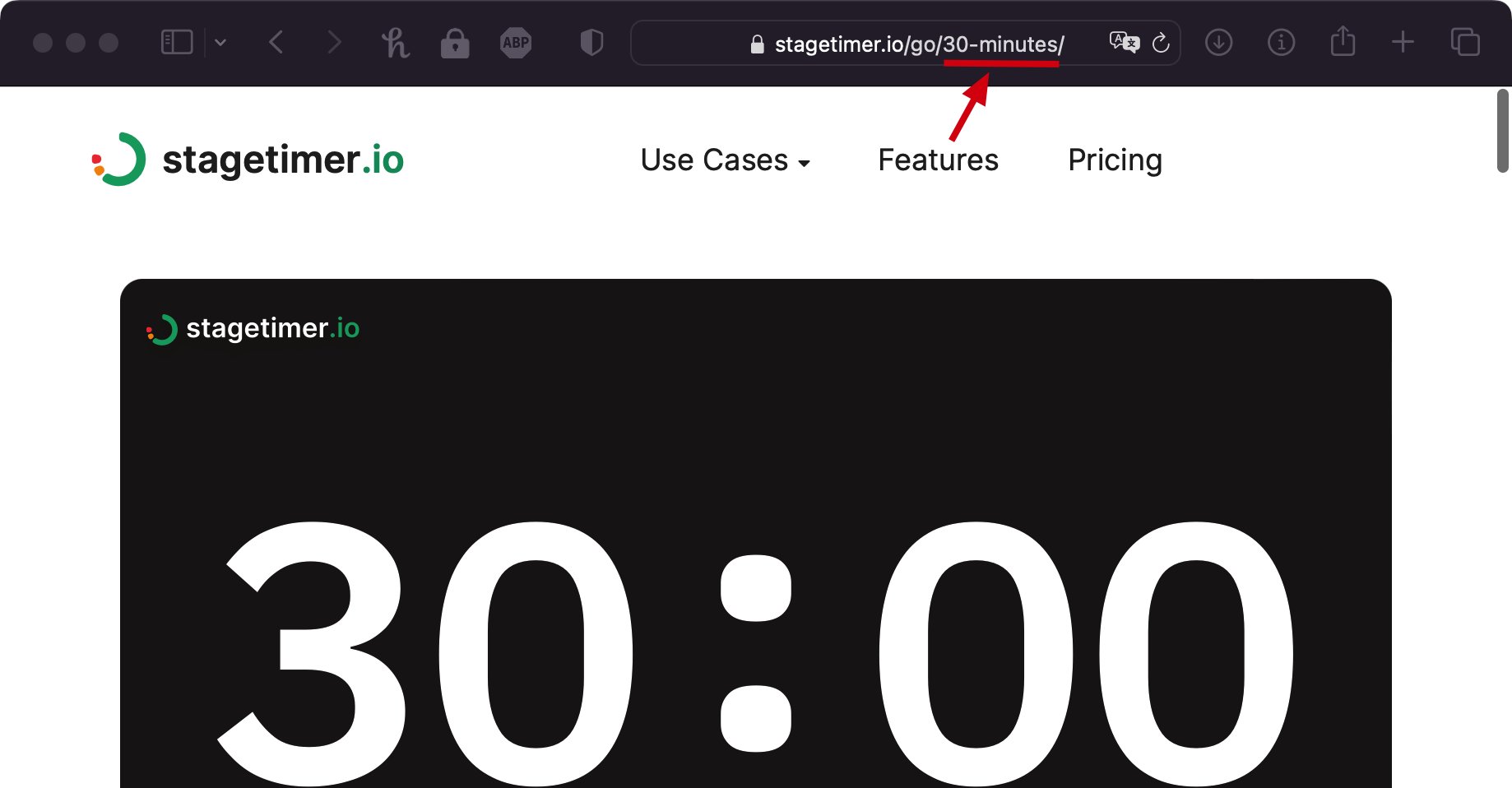
#Step 4: Design the Page
Once you’ve chosen a keyword and a relevant URL, it’s time to design the actual page. This is where you’ll need to make sure that the content of the page reflects the keyword and URL.
In the case of the “30 minute timer” page on stagetimer.io, the page should actually be a 30 minute timer. Similarly, the page with the URL http://stagetimer.io/go/1-hour-15-minutes should be a 1 hour and 15 minute timer.
By making sure that the content of the page matches the keyword and URL, it’ll be relevant and more likely to rank higher for that keyword and attract the right eyeballs to your website.
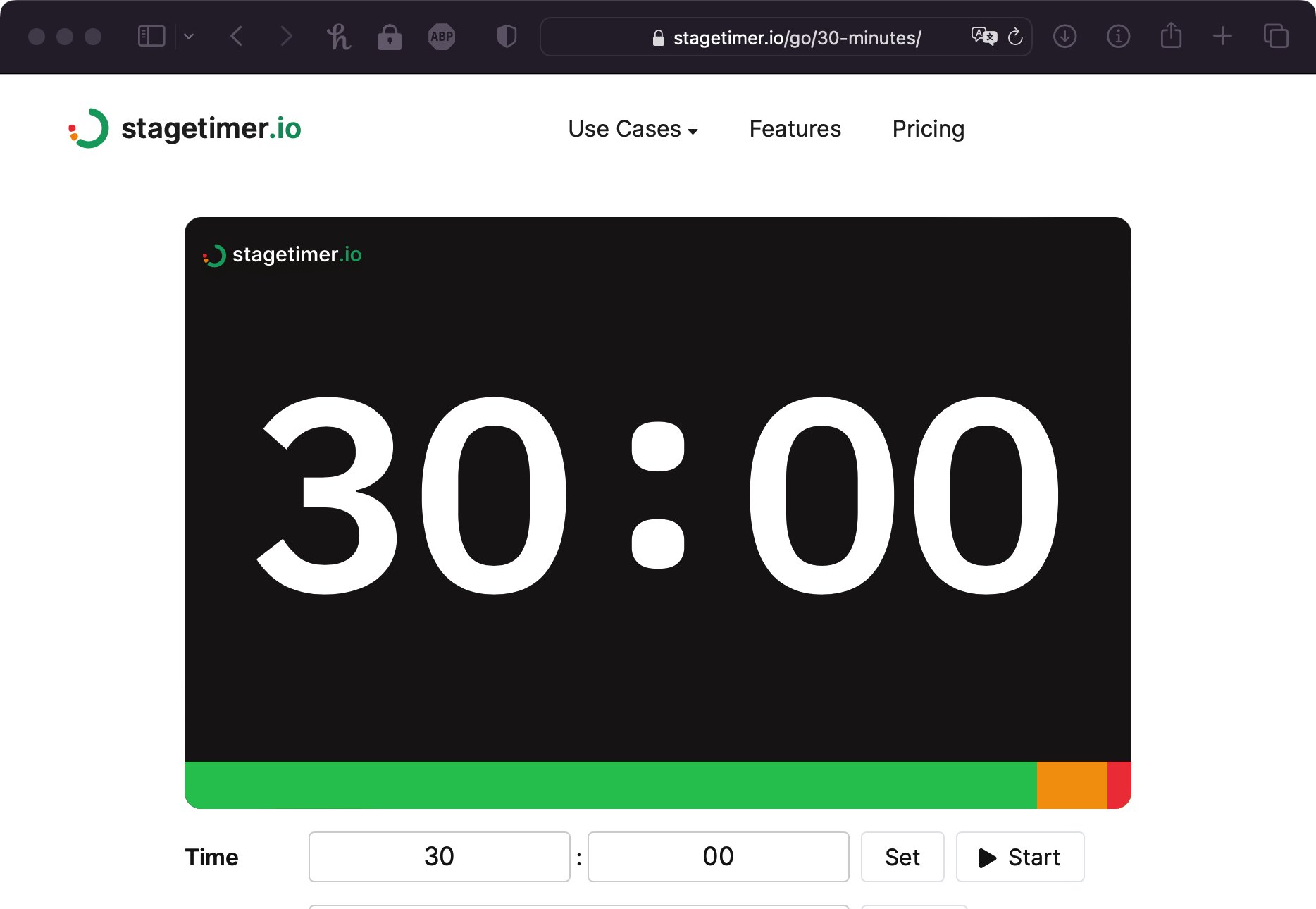
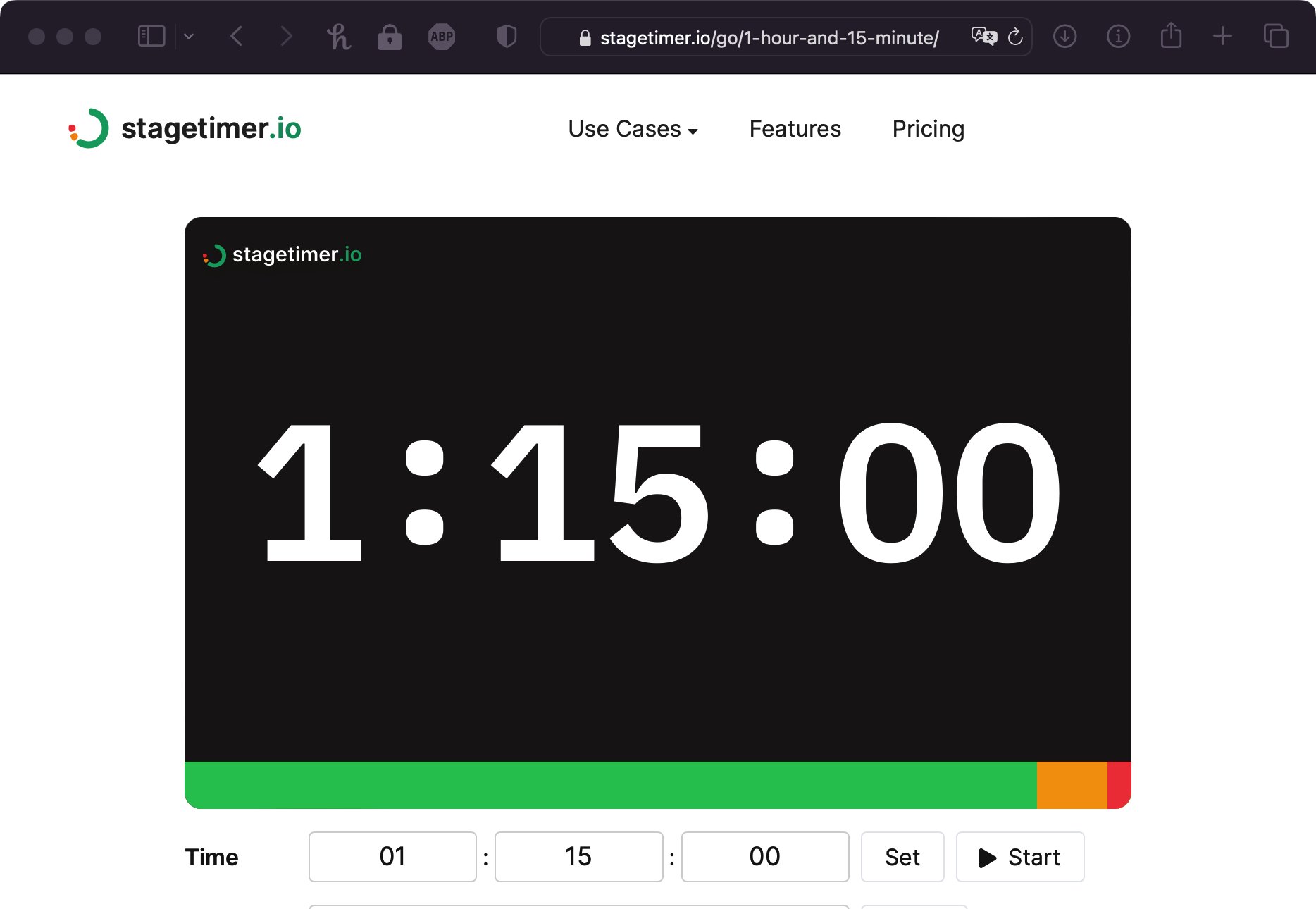
#Step 5: Add Internal Links
One way to help search engines find and index your programmatically generated pages is to add internal links within your website. Internal links are links that point from one page on your website to another page on your website.
To help search engines find and index our programmatically generated pages, we add a list of links to other programmatic pages on each of them. This will help search engines understand the structure of our website.
In addition, we include a few internal links in the global footer of our website, pointing to the most common timer pages such as “30 minute timer” or “1 hour timer.” This helps search engines discover and crawl the rest of our pages.
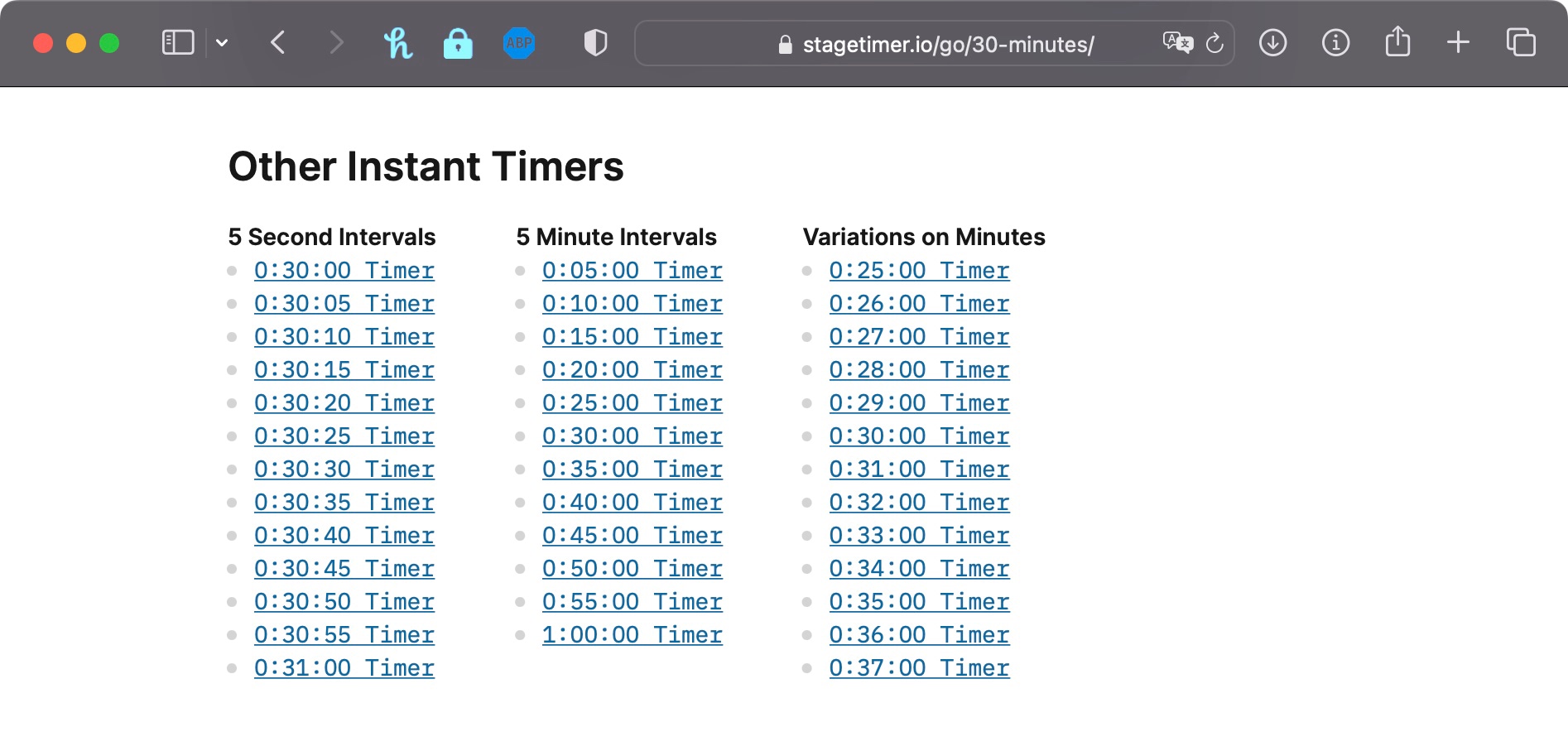
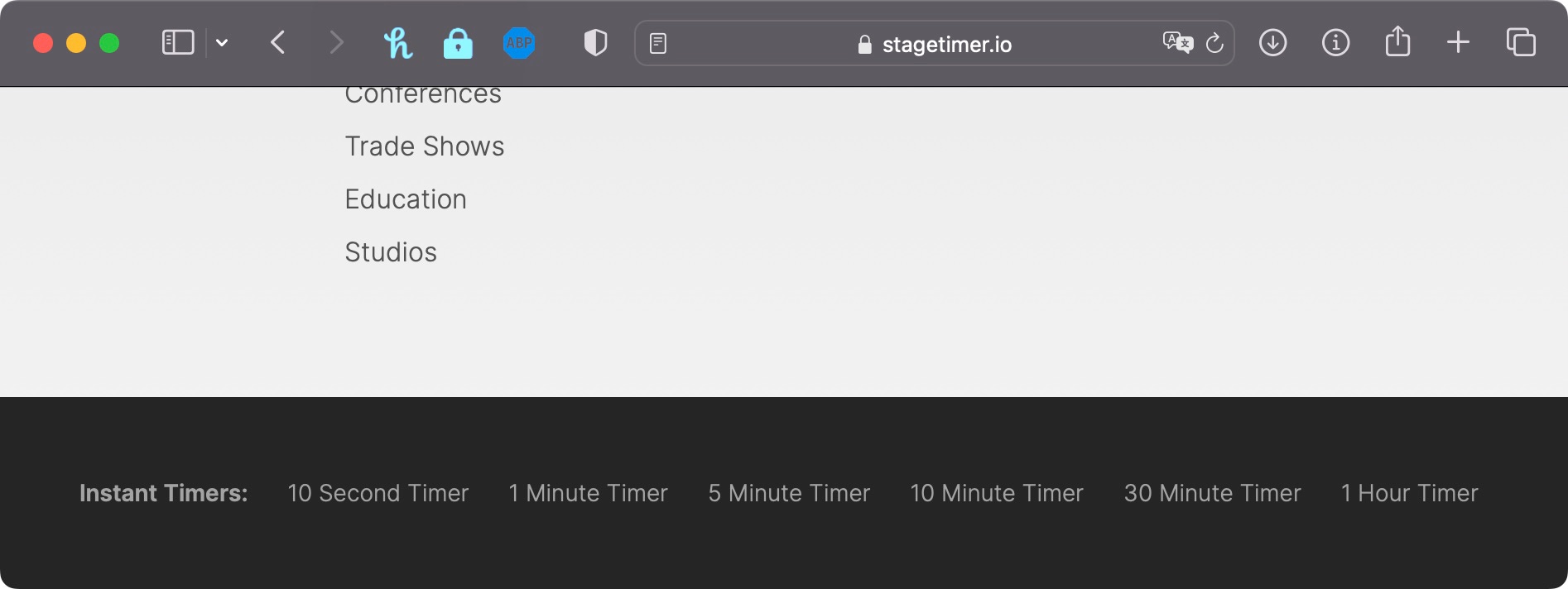
#Step 6: Wait and Watch
After you’ve optimized your website for programmatic SEO, it’s important to let search engines index your pages and see how they perform. This can take some time, so be patient and keep an eye on your website’s search engine rankings and traffic. As a rule of thumb, it takes around three months to see results.
If you’ve done a good job optimizing your website, you may see a significant increase in impressions (the number of times your website appears in search results) and possibly even a boost in your click-through rate (the percentage of people who click on your website in search results).
On the other hand, if you don’t see much improvement, it might be time to revisit your strategy and see what you can do to improve your website’s search engine rankings.
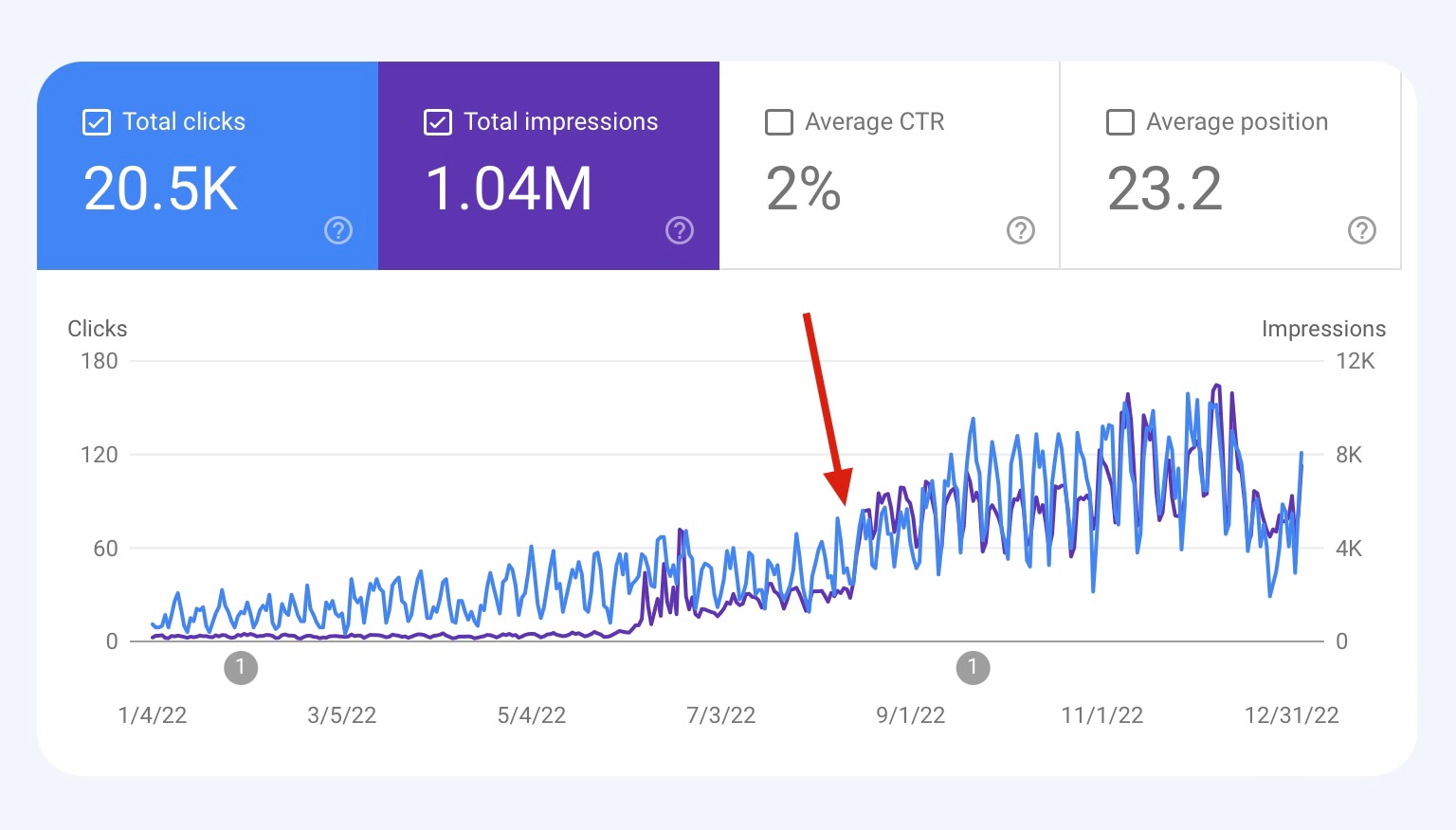
I hope this article has helped you understand the basics of programmatic SEO and how to get started with it. Good luck with your website, and happy optimizing!